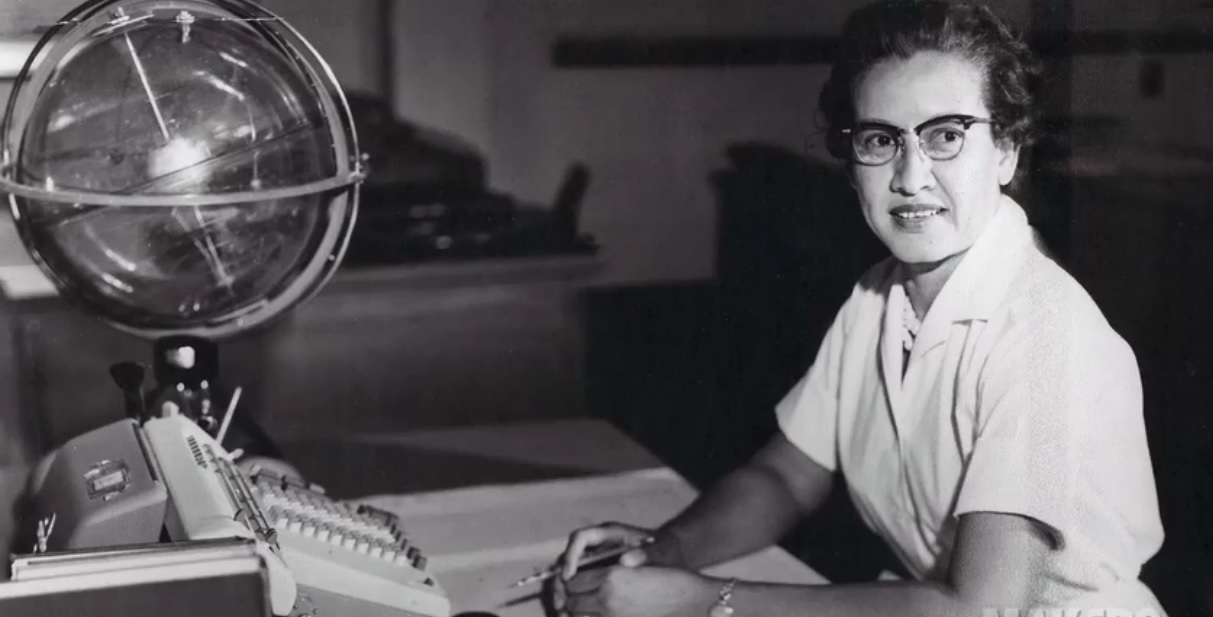The Heart of Whiteness: Interracial Marriage and White Masculinity in American Fiction, 1830-1905Posted in Dissertations, History, Literary/Artistic Criticism, Media Archive, Passing, United States on 2016-08-16 00:58Z by Steven |
The Heart of Whiteness: Interracial Marriage and White Masculinity in American Fiction, 1830-1905
Washington University in St. Louis
August 2015
201 pages
Lauren M. W. Barbeau
A dissertation presented to the Graduate School of Arts & Sciences of Washington University in partial fulfillment of the requirements for the degree of Doctor of Philosophy
Building on whiteness scholars’ notion that whiteness can be gained, my dissertation argues that a property in whiteness, and its attendant privileges, can be lost. By examining representations of interracial marriage in American literature between 1830 and 1905, I identify marriage across the color line as one of the primary modes through which white men can lose their privilege. Interracial marriage violates what I term the marriage contract, a tri-party agreement between man, woman, and nation that guaranteed democratic rights to white men and privileges to their dependents in return for white-white marriage. Men who violated this contract by marrying exogamously suffered the loss of their property in whiteness. Literary depictions of interracial marriage occur most frequently within a genre of fiction critics have termed “tragic mulatta” plots. While these plots have served as important sites for exploring black femininity in the nineteenth century, I call attention to the presence of the white male characters, or white suitors, who court the mulattas and play key roles in making the narrative tragedy possible. The white suitor faces his own tragedy as his involvement with a black lover leads to his identity crisis and subsequent loss of privilege. Antebellum and postbellum, black and white, egalitarian and racist authors alike shared an interest in how interracial marriage affects white masculinity. I conclude that this topic interested authors during the nineteenth century because the white suitor and his tragedy provided a proxy through which to contemplate the nation’s own identity crisis as it approached, survived, and recovered from a civil war that questioned the United States’ self-identification as “a white man’s country.”
Table of Contents
- Acknowledgements
- Introduction: The Un-Making of a White Man: The Marriage Contract and Intermarriage
- Chapter 1: “We are All Intermingled, without Regard to Colour”: Amalgamation Debates, White Privilege, and the Rise of Interracial Marriage Plots in the 1830s and ’40s
- Chapter 2: “Manhood Rights” and Marriage Rites: Whiteness as Property in Clotel and The Garies and Their Friends
- Chapter 3: “The Perfection of the Individual is the Sure Way to Regenerate the Mass”: Reconstructing White Masculinity in A Romance of the Republic
- Chapter 4: Caught in a Bad Romance: Interracial Marriage and the White Male Identity Crisis in The Chamber over the Gate and The Clansman
- Coda: “An Insurmountable Barrier between Us”: The Decline of Interracial Marriage Plots and the Rise of Passing
- Bibliography
- Appendix
Read the entire dissertation here.


